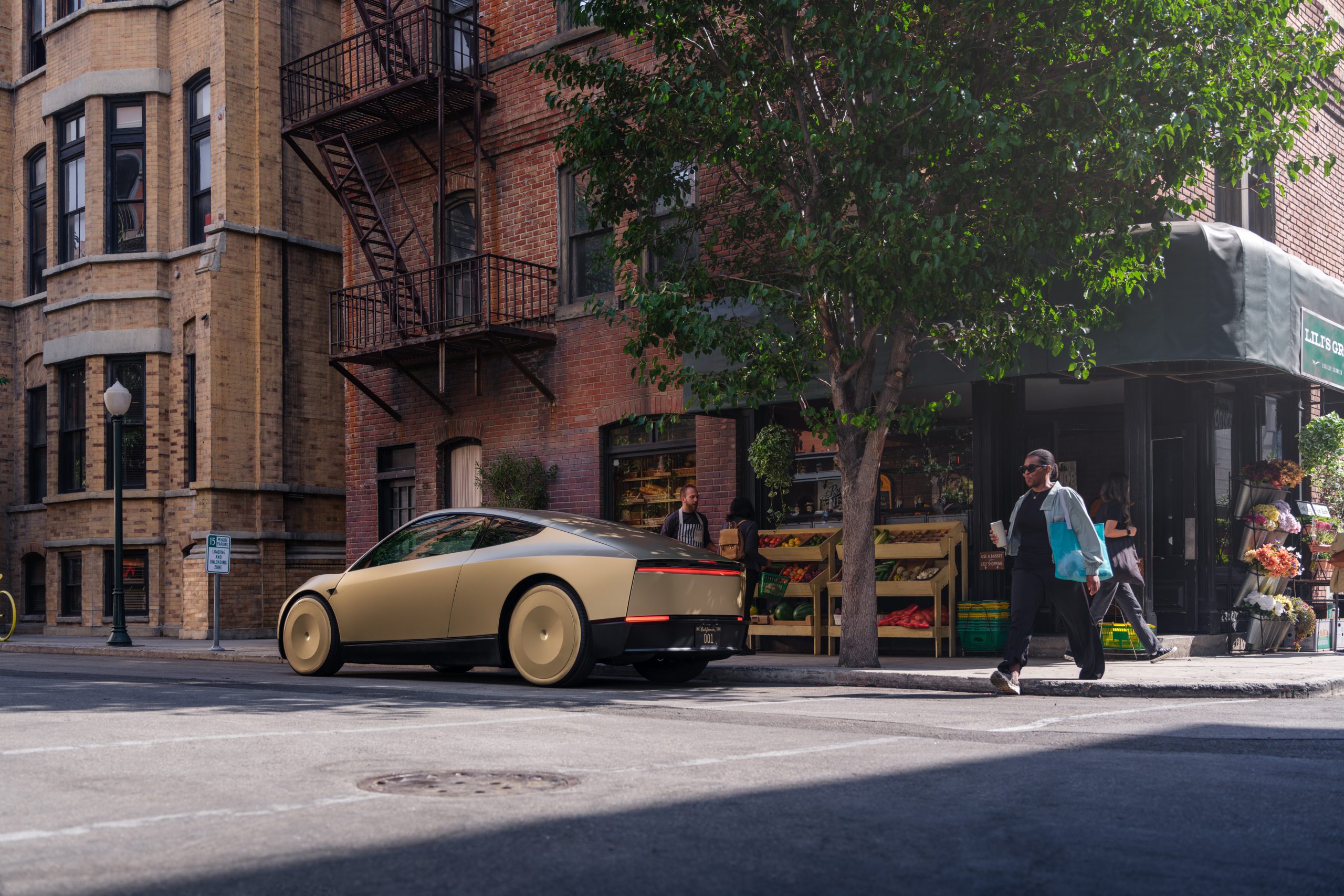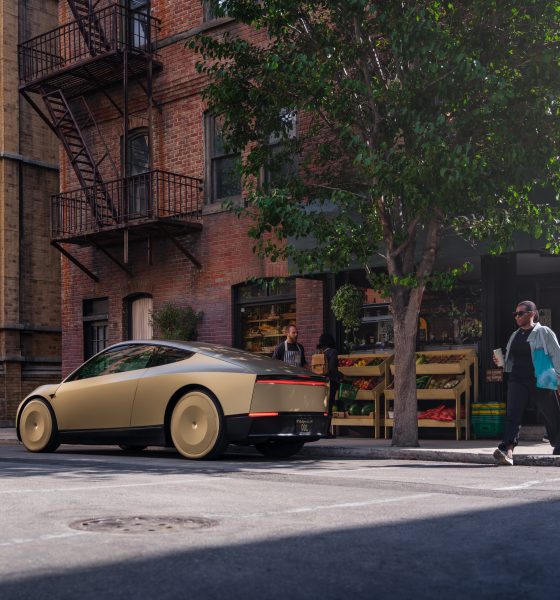Tesla CEO Elon Musk has always been extremely optimistic when talking about his companies, especially their capabilities, and in particular, the automaker’s self-driving project.
That continued again today as Musk made a crazy prediction for what he believes will happen with Tesla’s Robotaxi fleet by the end of this year.
During Tesla’s Q4 2024 Earnings Call in late January, Musk confirmed that the company would launch an autonomous ride-hailing service in Austin, Texas, sometime in June:
“So, we’re going to be launching unsupervised full self-driving as a paid service in Austin in June. So, I talked to the team. We feel confident in being able to do an initial launch of unsupervised, no one in the car, full self-driving in Austin in June.”
Musk confirmed that the company was in discussions with the City of Austin, something that Bloomberg had reported several weeks before the Earnings Call had happened.
While Musk is confident that the Tesla Full Self-Driving suite could operate anywhere in America, he said the company was “putting our toe in the water gently at first just to make sure everything is cool.”
Tesla to launch unsupervised Full Self-Driving as a service in Austin in June
He continued:
“So, we just want to be cautious. It’s not that it doesn’t work beyond Austin. In fact, it does. We just want to put our toe in the water, make sure everything is OK, then put a few more toes in the water, then put a foot in the water with safety of the general public as and those in the car as our top priority.”
However, Musk’s statements have already started to progress as he believes Tesla will launch autonomous ride-hailing to “many cities in America by the end of this year.”
And it only gets better from here.
Tesla is still on track to launch autonomous ride hailing in Austin in June and roll out to many cities in America by the end of this year.
The threshold is achieving safety far in excess of the average human driver.
Ultimately, autonomous… https://t.co/e81v28agSy
— Elon Musk (@elonmusk) February 10, 2025
We know Musk to be pretty optimistic, especially when it comes to Full Self-Driving. For years, he has said that Tesla will solve autonomy “by the end of the year,” only to come up short and keep customers waiting.
However, if Tesla can get some cars on the road and operate an efficient, safe, and groundbreaking ride-hailing suite that does not require human intervention in Austin, things could move along to other cities relatively quickly, depending on the laws and regulations in certain jurisdictions.
There are ways to ensure that things go smoothly early on with things like teleoperation, for example, which is something that other companies have used.
Tesla starts hiring software engineers for robotaxi and Optimus teleoperations
For now, Tesla will focus on launching the ride-hailing service in Austin. If things go well, it could eventually spread to other areas, like California, which have been explicitly mentioned by Musk.
Need accessories for your Tesla? Check out the Teslarati Marketplace:
- https://shop.teslarati.com/collections/tesla-cybertruck-accessories
- https://shop.teslarati.com/collections/tesla-model-y-accessories
- https://shop.teslarati.com/collections/tesla-model-3-accessories
Please email me with questions and comments at joey@teslarati.com. I’d love to chat! You can also reach me on Twitter @KlenderJoey, or if you have news tips, you can email us at tips@teslarati.com.

Elon Musk
Elon Musk and Tesla try to save legacy automakers from Déjà vu
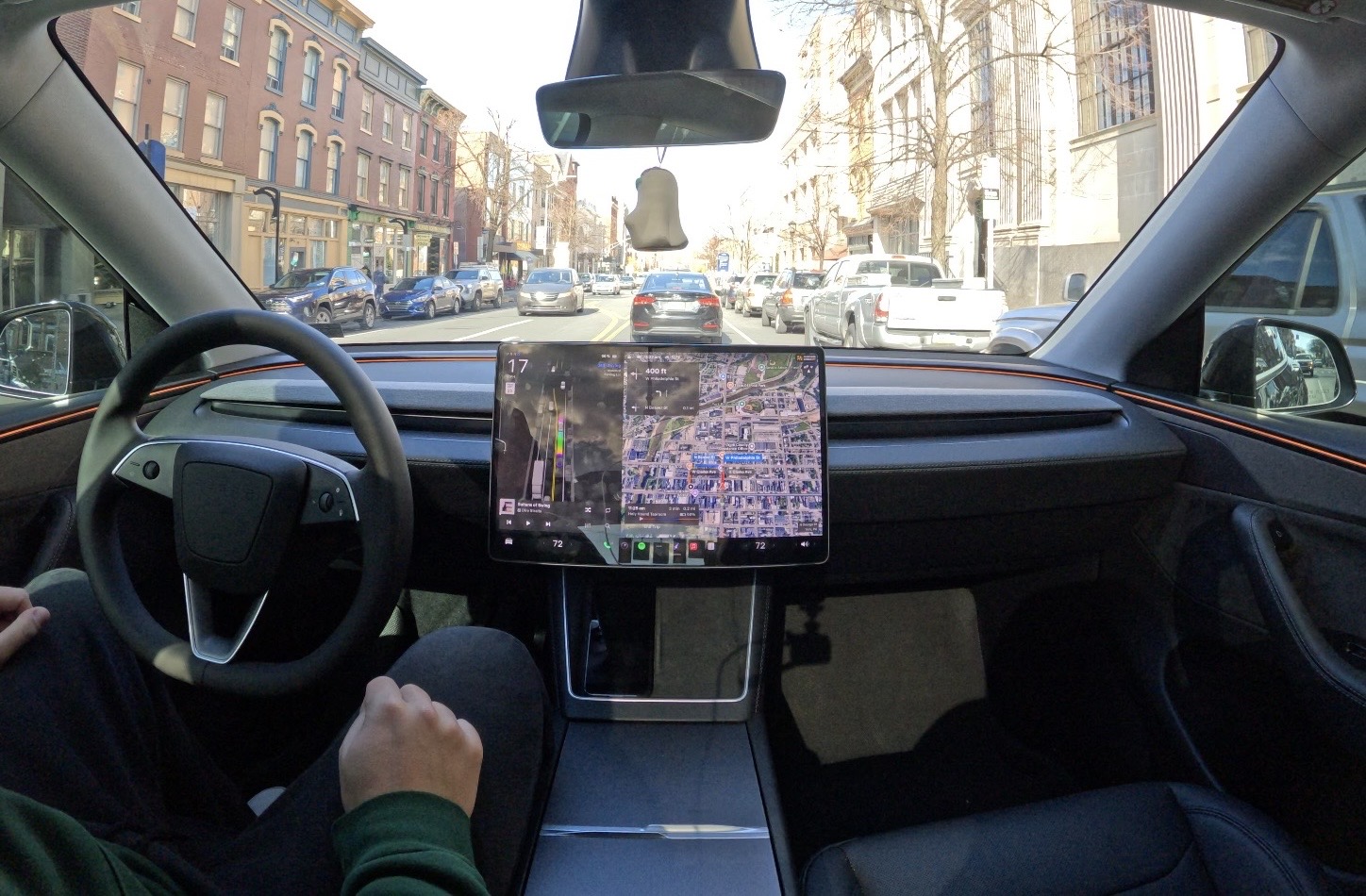
Elon Musk said in late November that he’s “tried to warn” legacy automakers and “even offered to license Tesla Full Self-Driving, but they don’t want it,” expressing frustration with companies that refuse to adopt the company’s suite, which will eventually be autonomous.
Tesla has long established itself as the leader in self-driving technology, especially in the United States. Although there are formidable competitors, Tesla’s FSD suite is the most robust and is not limited to certain areas or roadways. It operates anywhere and everywhere.
The company’s current position as the leader in self-driving tech is being ignored by legacy automakers, a parallel to what Tesla’s position was with EV development over a decade ago, which was also ignored by competitors.
The reluctance mirrors how legacy automakers initially dismissed EVs, only to scramble in catch-up mode years later–a pattern that highlights their historical underestimation of disruptive innovations from Tesla.
Elon Musk’s Self-Driving Licensing Attempts
Musk and Tesla have tried to push Full Self-Driving to other car companies, with no true suitors, despite ongoing conversations for years. Tesla’s FSD is aiming to become more robust through comprehensive data collection and a larger fleet, something the company has tried to establish through a subscription program, free trials, and other strategies.
Tesla CEO Elon Musk sends rivals dire warning about Full Self-Driving
However, competing companies have not wanted to license FSD for a handful of speculative reasons: competitive pride, regulatory concerns, high costs, or preference for in-house development.
Déjà vu All Over Again
Tesla tried to portray the importance of EVs long ago, as in the 2010s, executives from companies like Ford and GM downplayed the importance of sustainable powertrains as niche or unprofitable.
Musk once said in a 2014 interview that rivals woke up to electric powertrains when the Model S started to disrupt things and gained some market share. Things got really serious upon the launch of the Model 3 in 2017, as a mass-market vehicle was what Tesla was missing from its lineup.
This caused legacy companies to truly wake up; they were losing market share to Tesla’s new and exciting tech that offered less maintenance, a fresh take on passenger auto, and other advantages. They were late to the party, and although they have all launched vehicles of their own, they still lag in two major areas: sales and infrastructure, leaning on Tesla for the latter.
I’ve tried to warn them and even offered to license Tesla FSD, but they don’t want it! Crazy …
When legacy auto does occasionally reach out, they tepidly discuss implementing FSD for a tiny program in 5 years with unworkable requirements for Tesla, so pointless. 🤷♂️
🦕 🦕
— Elon Musk (@elonmusk) November 24, 2025
Musk’s past warnings have been plentiful. In 2017, he responded to critics who stated Tesla was chasing subsidies. He responded, “Few people know that we started Tesla when GM forcibly recalled all electric cars from customers in 2003 and then crushed them in a junkyard,” adding that “they would be doing nothing” on EVs without Tesla’s efforts.
Companies laughed off Tesla’s prowess with EVs, only to realize they had made a grave mistake later on.
It looks to be happening once again.
A Pattern of Underestimation
Both EVs and self-driving tech represent major paradigm shifts that legacy players view as threats to their established business models; it’s hard to change. However, these early push-aways from new tech only result in reactive strategies later on, usually resulting in what pains they are facing now.
Ford is scaling back its EV efforts, and GM’s projects are hurting. Although they both have in-house self-driving projects, they are falling well behind the progress of Tesla and even other competitors.
It is getting to a point where short-term risk will become a long-term setback, and they may have to rely on a company to pull them out of a tough situation later on, just as it did with Tesla and EV charging infrastructure.
Tesla has continued to innovate, while legacy automakers have lagged behind, and it has cost them dearly.
Implications and Future Outlook
Moving forward, Tesla’s progress will continue to accelerate, while a dismissive attitude by other companies will continue to penalize them, especially as time goes on. Falling further behind in self-driving could eventually lead to market share erosion, as autonomy could be a crucial part of vehicle marketing within the next few years.
Eventually, companies could be forced into joint partnerships as economic pressures mount. Some companies did this with EVs, but it has not resulted in very much.
Self-driving efforts are not only a strength for companies themselves, but they also contribute to other things, like affordability and safety.
Tesla has exhibited data that specifically shows its self-driving tech is safer than human drivers, most recently by a considerable margin. This would help with eliminating accidents and making roads safer.
Tesla’s new Safety Report shows Autopilot is nine times safer than humans
Additionally, competition in the market is a good thing, as it drives costs down and helps innovation continue on an upward trend.
Conclusion
The parallels are unmistakable: a decade ago, legacy automakers laughed off electric vehicles as toys for tree-huggers, crushed their own EV programs, and bet everything on the internal-combustion status quo–only to watch Tesla redefine the industry while they scrambled for billions in catch-up capital.
Today, the same companies are turning down repeated offers to license Tesla’s Full Self-Driving technology, insisting they can build better autonomy in-house, even as their own programs stumble through recalls, layoffs, and missed milestones. History is not merely rhyming; it is repeating almost note-for-note.
Elon Musk has spent twenty years warning that the auto industry’s bureaucratic inertia and short-term thinking will leave it stranded on the wrong side of technological revolutions. The question is no longer whether Tesla is ahead–it is whether the giants of Detroit, Stuttgart, and Toyota will finally listen before the next wave leaves them watching another leader pull away in the rear-view mirror.
This time, the stakes are not just market share; they are the very definition of what a car will be in the decades ahead.
Elon Musk
Elon Musk predicts AI and robotics could make work “optional” within 20 years
Speaking on entrepreneur Nikhil Kamath’s podcast, Musk predicted that machines will soon handle most forms of labor, leaving humans to work only if they choose to.
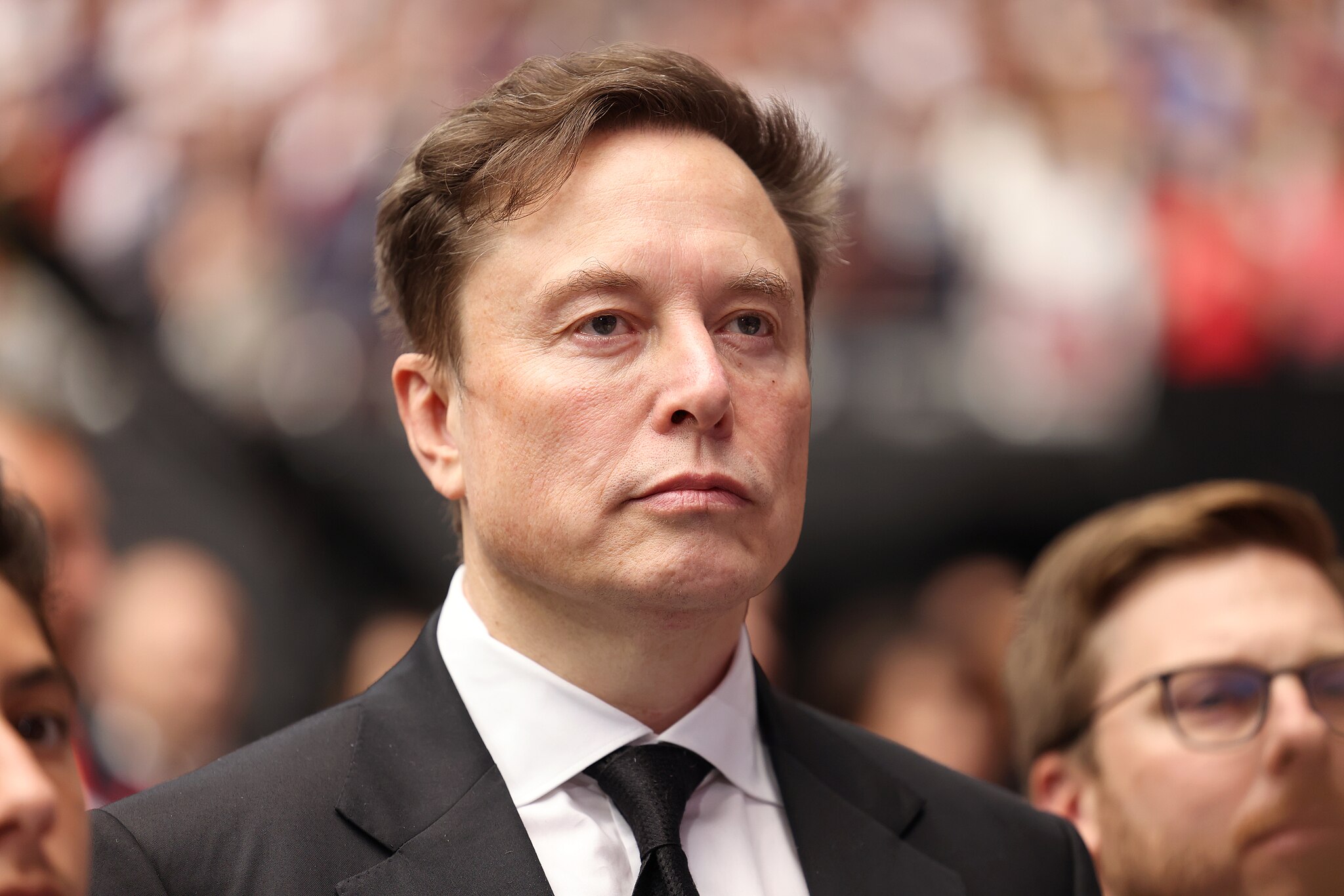
Elon Musk stated that rapid advances in artificial intelligence and robotics could make traditional work unnecessary within two decades.
Speaking on entrepreneur Nikhil Kamath’s podcast, Musk predicted that machines will soon handle most forms of labor, leaving humans to work only if they choose to.
Work as a “hobby”
During the discussion, Musk said the accelerating capability of AI systems and general-purpose robots will eventually cover all essential tasks, making human labor a choice rather than an economic requirement. “In less than 20 years, working will be optional. Working at all will be optional. Like a hobby,” Musk said.
When Kamath asked whether this future is driven by massive productivity growth, Musk agreed, noting that people will still be free to work if they enjoy the routine or the challenge. He compared future employment to home gardening, as it is something people can still do for personal satisfaction even if buying food from a store is far easier.
“Optional” work in the future
Elon Musk acknowledged the boldness of his claim and joked that people might look back in 20 years and say he was wrong. That being said, the CEO noted that such a scenario could even happen sooner than his prediction, at least if one were to consider the pace of the advancements in AI and robotics.
“Obviously people can play this back in 20 years and say, ‘Look, Elon made this ridiculous prediction and it’s not true,’ but I think it will turn out to be true, that in less than 20 years, maybe even as little as ten or 15 years, the advancements in AI and robotics will bring us to the point where working is optional,” Musk said.
Elon Musk’s comments echo his previous sentiments at Tesla’s 2025 Annual Shareholder Meeting, where he noted that Optimus could ultimately eliminate poverty. He also noted that robots like Optimus could eventually provide people worldwide with the best medical care.
Elon Musk
Elon Musk reiterates why Tesla will never make an electric motorcycle
Tesla CEO Elon Musk preemptively shut down speculations about a Tesla road bike once more.
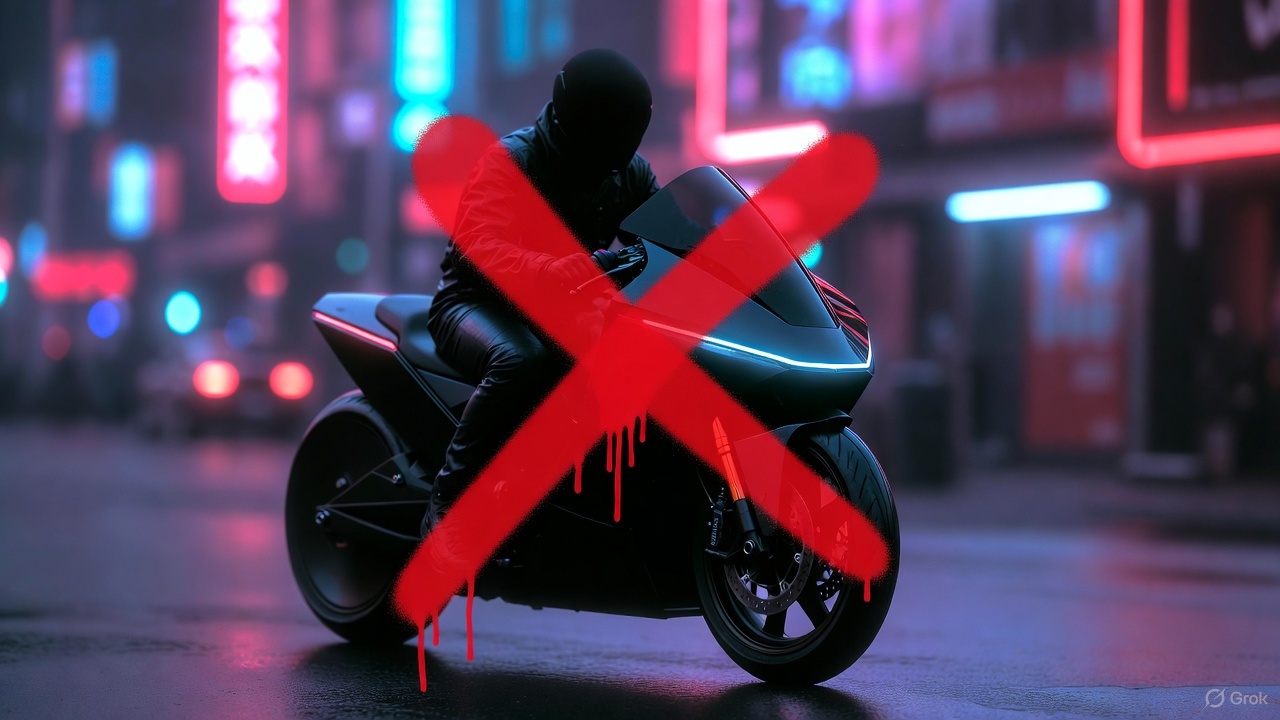
Tesla CEO Elon Musk preemptively shut down speculations about a Tesla road bike once more, highlighting that the electric vehicle maker has no plans to enter the electric motorcycle market.
Musk posted his clarification in a post on X.
Musk’s reply to a fun AI video
X user @Moandbhr posted an AI video featuring the Tesla CEO on the social media platform, captioning it with “Mr. Elon Musk Just Revealed the Game-Changing Tesla Motorcycle.” The short clip depicted Musk approaching a sleek, single-wheeled vehicle, stepping onto it, and gliding off into the distance amid cheers. The fun video received a lot of traction on X, gaining 3.1 million views as of writing.
Musk replied to the post, stating that a Tesla motorcycle is not going to happen. “Never happening, as we can’t make motorcycles safe. For Community Notes, my near death experience was on a road bike. Dirt bikes are safe if you ride carefully, as you can’t be smashed by a truck,” Musk wrote in his reply.
Musk’s Past Comments on Two-Wheelers
Musk also detailed his reservations about motorcycles in a December 2019 X post while responding to questions about Tesla’s potential ATV. At the time, he responded positively to an electric ATV, though he also opposed the idea of a Tesla road-going motorcycle. Musk did state that electric dirt bikes might be cool, since they do not operate in areas where large vehicles like Class 8 trucks are present.
“Electric dirt bikes would be cool too. We won’t do road bikes, as too dangerous. I was hit by a truck & almost died on one when I was 17,” Musk wrote in his post.
Considering Musk’s comments about dirt bikes, however, perhaps Tesla would eventually offer a road bike as a recreational vehicle. Such a two-wheeler would be a good fit for the Cybertruck, as well as future products like the Robovan, which could be converted into an RV.
